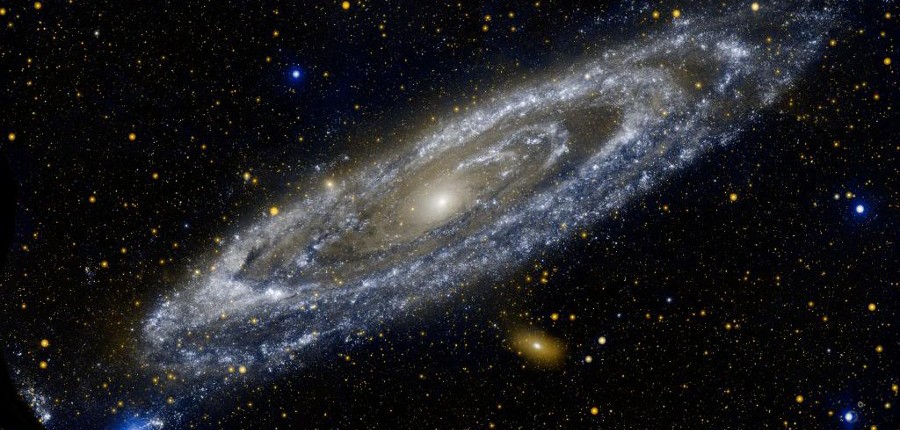According to the standard interpretation of the Schwarzschild solution for the field equations of General Relativity, during a gravitational collapse, all the matter within the Schwarzschild radius arrives at a singularity at the center of a black hole. Since the singularity in this case is a point of zero volume and therefore infinite density, it is safe to say that, scientifically speaking, this is just some mathematical nonsense that has nothing to do with physics. The singularity only arises because of the proclivity of mathematicians to engage in extrapolations ad absurdum. Black holes as they are currently construed have no physical meaning beyond the possibility that a gravitating body of sufficient strength might have an event horizon. The mathematical concept of a singularity is physically meaningless and scientifically useless.
An event horizon is a theoretical boundary associated with a gravitational field sufficiently strong to prevent light from escaping beyond it. This is not a physically impossible conjecture on its own. What then, actually happens in the case of a sufficiently dense gravitating body such that an event horizon might appear? Surprisingly a reasonable and physically plausible answer is provided by standard General Relativity theory with regard to the behavior of light in any gravitational field. Specifically GR says that the speed of light decreases as you go deeper into a gravitational field. This is a well known prediction of GR. Therefore it can be said that the Special Relativity constant diminishes as the strength of a gravitational field increases.
The standard retort to this interpretation is that in any ‘local reference frame’ the GR effects can be ignored because the metric is very nearly flat and therefore is very nearly constant. But this is only an argument from mathematical convenience that says nothing of consequence with regard to the actual behavior of electromagnetic radiation in a gravitational well where the metric curvature becomes ‘locally’ significant.
…according to the general theory of relativity, the law of the constancy of the velocity of light in vacuo, which constitutes one of the two fundamental assumptions in the special theory of relativity….cannot claim any unlimited validity. A curvature of light rays can only take place when the velocity of propagation of light varies with position.
—Albert Einstein, Relativity, The Special and General Theory
It is clear in this statement that Einstein saw the variation of light speed as being a local physical consequence of the gravitational field, not a relativistic effect like the Schwarzschild time dilation for a remote observer. Taking this Einsteinian view leads to the following consideration:
The SR constant represents not just the speed of light; it is also a proportionality constant. The world’s most famous equation,
, can also be written
and in that form it says that the energy equivalent of a unit of matter is proportional to
. So, as the value of
decreases in a gravitational field then it follows that the energy equivalent contained in a unit of matter has decreased. Where has that energy gone? The most likely scenario is that it has been converted to electromagnetic energy.
That is to say, that under intense gravitational pressure matter loses three dimensional mass by conversion to four dimensional radiation, thereby lowering gravitational (inward) pressure because of the reduced mass, while increasing radiational (outward) pressure. The gravitational collapse will consequently, stabilize and ultimately reverse. The end result of this process should be a quasar-like object. Quasars are observed phenomena. Black holes, as currently construed, are theoretical dead ends that can not exist in nature.
The foregoing is, of course, purely conjecture, but it is a physically plausible conjecture. No new entities, forces or relationships are invoked. All that is required is the acceptance of the perhaps arguable, but nonetheless reasonable, view that the speed of light diminishes in a gravitational field in a locally meaningful way. That assumption is then coupled to the rest mass equation reconsidered as and in that form it is surmised that as gravitational collapse proceeds ad extremis a natural rebalancing takes place as rest mass is converted to radiant electromagnetic energy in the gravitationally collapsing body. Consequently. the scientifically embarrassing singularity is avoided by means of a physically meaningful solution found wholly within the bounds of General Relativity theory.

Pingback: Adventures in Theoretical Physics II – Fun with General Relativity | This Island Universe
Pingback: Mathematicist Follies & the DWRT | This Island Universe